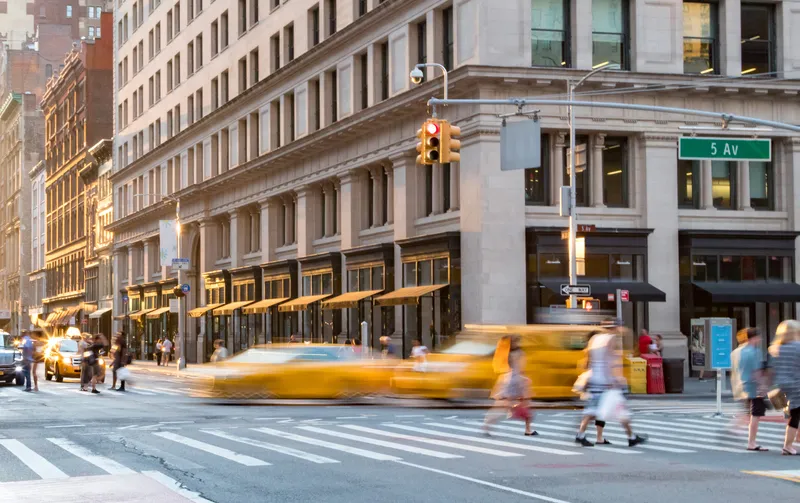
But it can cost up to €30,000 to install a bollard. And costs continue to be incurred, as bollards will typically be damaged by vehicles five or six times in a year.
In fact, it is five times cheaper to install a camera and link it to licence plate-reading software and a ‘white list’ of vehicles that are allowed to enter the restricted area, says Erik Dijkshoorn, director of Vigilans, which handles the training of municipal authorities or companies that buy the camera system.
Vigilans is owned by
“It’s all about big data now, and sensors,” says Dijkshoorn. “A camera system is a type of sensor and, in future, governments will buy data.” Vigilans and ARS are in talks with several countries over purchasing their system.










